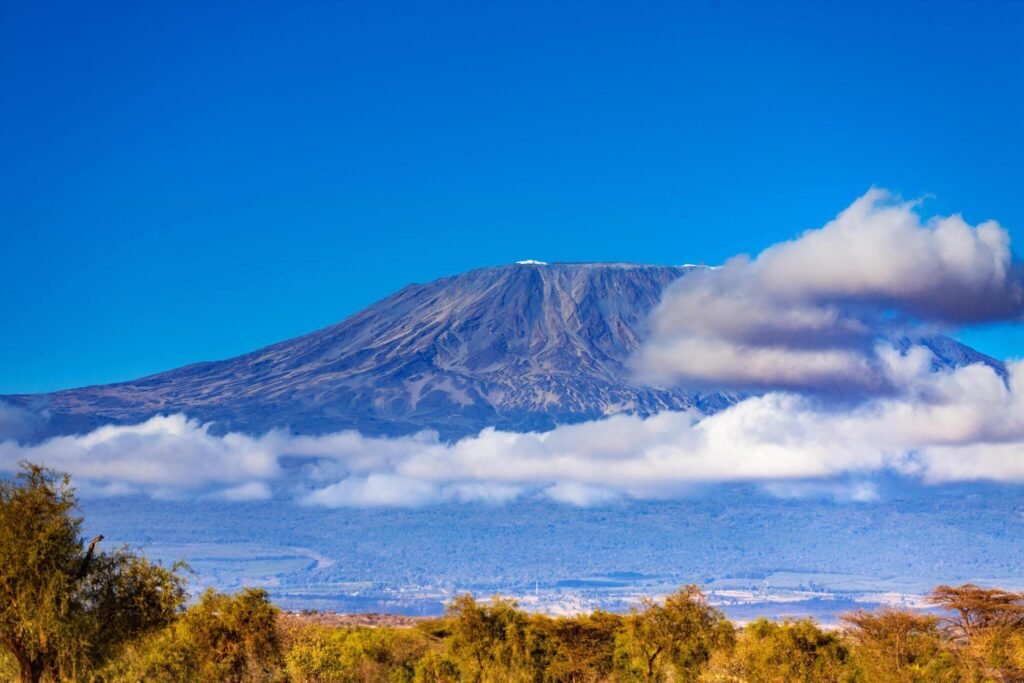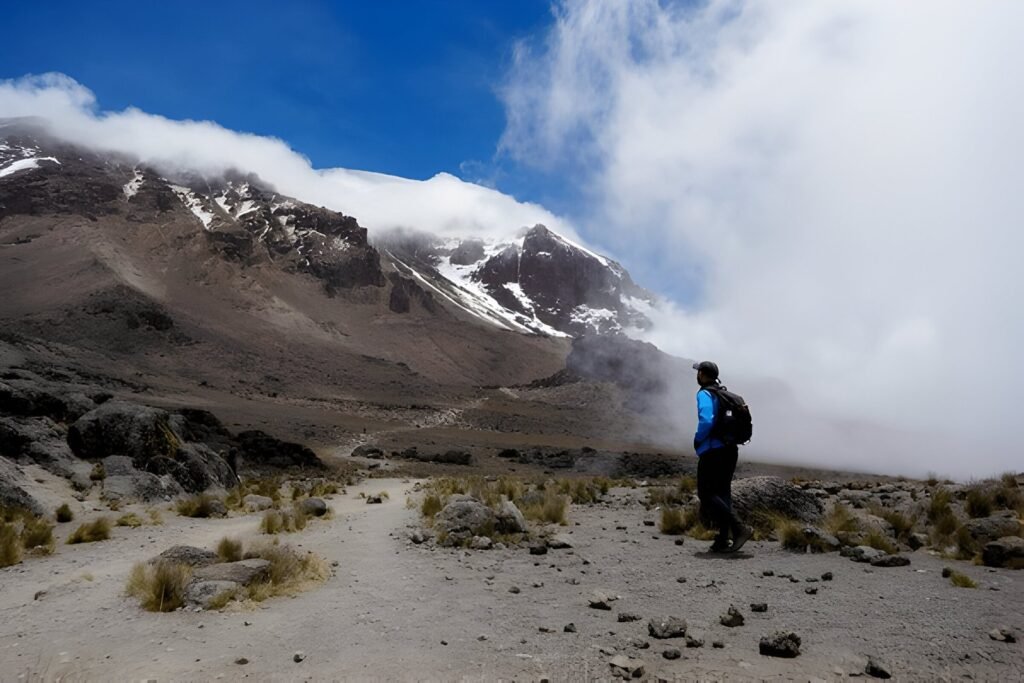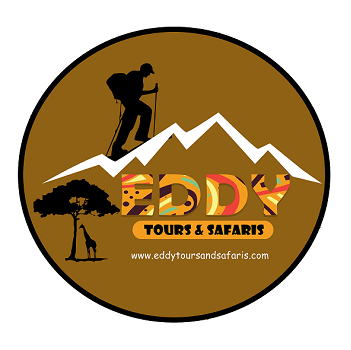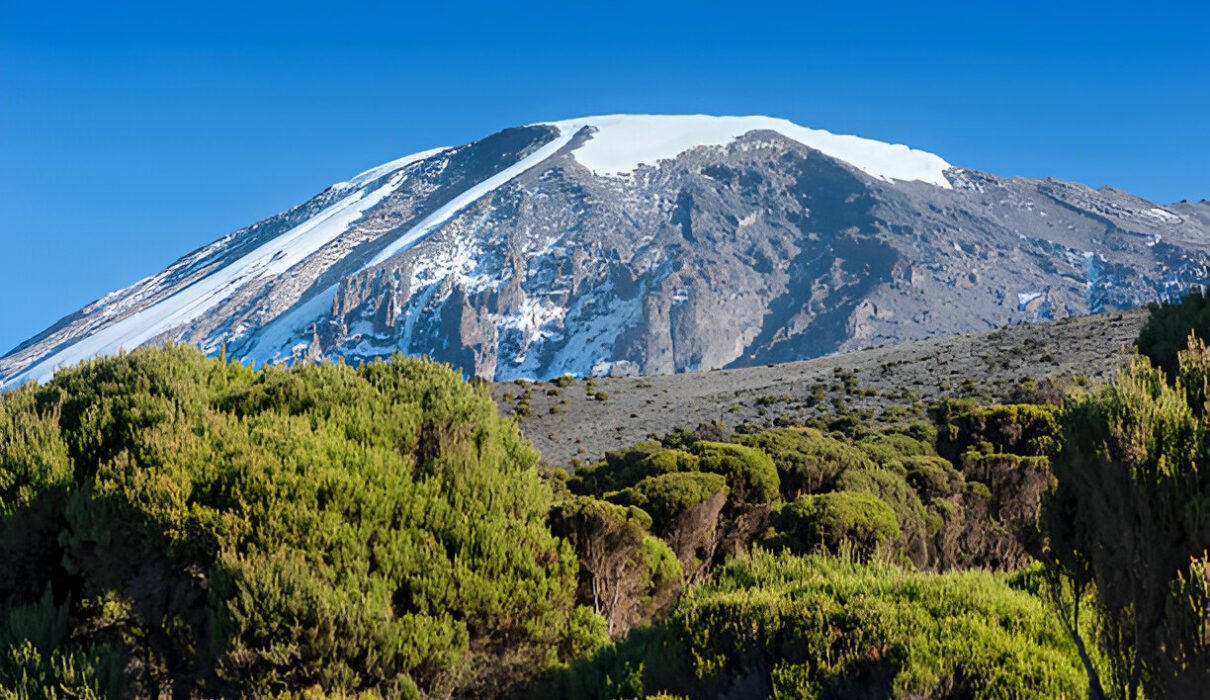Mount Kilimanjaro: The Highest Snow-Capped African Peak 2025 & 2026 , is a dream adventure for many travelers. As the highest free-standing mountain in the world, Kilimanjaro attracts climbers from around the globe seeking to challenge themselves while taking in some of the most beautiful landscapes in Tanzania. Whether you’re a seasoned hiker or a first-time trekker, scaling Mount Kilimanjaro offers an incredible mix of physical exertion and visual rewards.
This guide will cover the essential details you need to know about trekking Mount Kilimanjaro, including the best routes, packing tips, and how to prepare for this once-in-a-lifetime journey. Along the way, you’ll find useful resources and expert recommendations to help ensure a safe and enjoyable climb.

Mount Kilimanjaro: The Highest Snow-Capped African Peak 2025 & 2026 (Why Choose to Climb Mount Kilimanjaro ?)
Kilimanjaro is not just famous for being the highest peak in Africa; it is one of the most accessible high-altitude treks in the world. Unlike other high mountains, reaching the summit of Mount Kilimanjaro does not require technical climbing skills or equipment. This makes it a suitable challenge for adventurers of various skill levels. However, the trek is still demanding due to the altitude, requiring preparation and planning to ensure a successful climb.
1. Varied Trekking Routes
Kilimanjaro offers several routes to the summit, each with its unique challenges and scenery. The most popular routes include:
- Marangu Route: Also known as the “Coca-Cola Route,” this is the most direct and often considered the easiest path. It’s the only route with hut accommodations.
- Machame Route: Known for its stunning scenery and slightly more challenging trek, the Machame Route is perfect for those seeking a bit more adventure.
- Lemosho Route: A longer, more scenic route that offers greater acclimatization time, increasing your chances of reaching the summit successfully.
- Rongai Route: Approaching Kilimanjaro from the north, this quieter route provides a unique perspective of the mountain.
For detailed information on the routes and how to prepare, visit Kilimanjaro Climb Specialist.
What to Expect on Your Kilimanjaro Climb
2. Changing Climate Zones
One of the most remarkable aspects of climbing Kilimanjaro is the range of climate zones you’ll experience. The trek begins in the lush rainforest at the base and gradually transitions to moorland, alpine desert, and finally the arctic conditions near the summit. As you ascend, the scenery shifts dramatically, providing an ever-changing backdrop for your climb.
3. Wildlife Encounters
While Kilimanjaro is known for its snow-capped summit, it is also home to an impressive range of wildlife. In the lower regions, you may spot monkeys, antelopes, and various bird species. As you climb higher, the fauna thins out, but the diversity of plant life remains remarkable.
Learn more about the wildlife and ecosystems of Mount Kilimanjaro at WWF Tanzania.

Top Tips for a Successful Mount Kilimanjaro Climb
Preparing for the climb requires careful planning. Below are key tips to help you maximize your chances of reaching the summit while ensuring a safe and enjoyable experience.
4. Train for Endurance
Although Kilimanjaro doesn’t require technical climbing skills, it is still a physically demanding trek. Focus on building endurance through long hikes and cardiovascular exercises. You’ll also benefit from practice hikes at higher altitudes if possible.
For more tips on endurance training, visit REI’s Hiking Training Guide.
5. Acclimatize Properly
The biggest challenge of climbing Kilimanjaro is the high altitude, which can lead to altitude sickness if you don’t acclimatize properly. To minimize risks, choose a route with a slower ascent, such as the Lemosho or Machame routes. Climbing slowly and allowing your body time to adjust to the thinning air will increase your chances of success.
For more information on dealing with altitude sickness, check out the CDC’s Guide to Altitude Illness.
6. Pack the Right Gear
Packing the right equipment is crucial for a comfortable trek. Essential items include:
- Layered clothing to cope with varying temperatures
- Sleeping bag rated for freezing temperatures
- Headlamp for early summit attempts
- Trekking poles for added stability
- High-energy snacks for maintaining energy levels
For a comprehensive list of packing essentials, visit Mountain Hardware’s Packing Guide.
Best Time to Climb Mount Kilimanjaro
7. Dry Season vs. Wet Season
The best time to climb Mount Kilimanjaro is during the dry seasons, which run from January to mid-March and from June to October. These periods offer more stable weather conditions and clearer skies, making the trek more manageable and the views more stunning.
Climbing during the wet season, from April to May and November, presents additional challenges due to rain, mud, and potentially slippery conditions.
For current weather conditions and seasonal updates, visit the Tanzania Meteorological Agency.
FAQs: Climbing Mount Kilimanjaro
8. How Long Does It Take to Climb Kilimanjaro?
Most routes to the summit of Mount Kilimanjaro take between 5 and 9 days, depending on the route and your pace. Longer treks allow for better acclimatization, which improves your chances of reaching the summit.
9. Do I Need a Guide to Climb Kilimanjaro?
Yes, Tanzanian regulations require that all trekkers be accompanied by a licensed guide. Additionally, guides and porters will help ensure your safety and comfort throughout the climb.
10. How Difficult Is Climbing Kilimanjaro?
While not a technical climb, Kilimanjaro is physically demanding due to its altitude. With proper training and acclimatization, most people in good health can reach the summit.
11. What Are the Accommodation Options on the Mountain?
Accommodation on Kilimanjaro varies depending on the route. The Marangu Route offers hut accommodations, while other routes like Machame and Lemosho use tents.
12. Can I Combine a Kilimanjaro Trek with a Safari?
Yes, many trekkers choose to follow up their Kilimanjaro adventure with a Tanzanian safari. Popular destinations include Serengeti National Park and Ngorongoro Crater.
For safari options, visit Eddy Tours and Safaris.
Mount Kilimanjaro: The Highest Snow-Capped African Peak 2025 & 2026 :- Ready for the Climb?
Mount Kilimanjaro: The Highest Snow-Capped African Peak 2025 & 2026 is a rewarding experience that combines adventure, scenic beauty, and personal achievement. With the right preparation, gear, and guidance, anyone with determination can stand on the “Roof of Africa.” Whether you’re aiming to tick Kilimanjaro off your bucket list or simply looking for a unique challenge, this snow-capped African peak promises memories that will last a lifetime.
For more details on planning your Kilimanjaro climb, visit Kilimanjaro Climb Specialist or learn about more exciting travel opportunities at Eddy Tours and Safaris.

